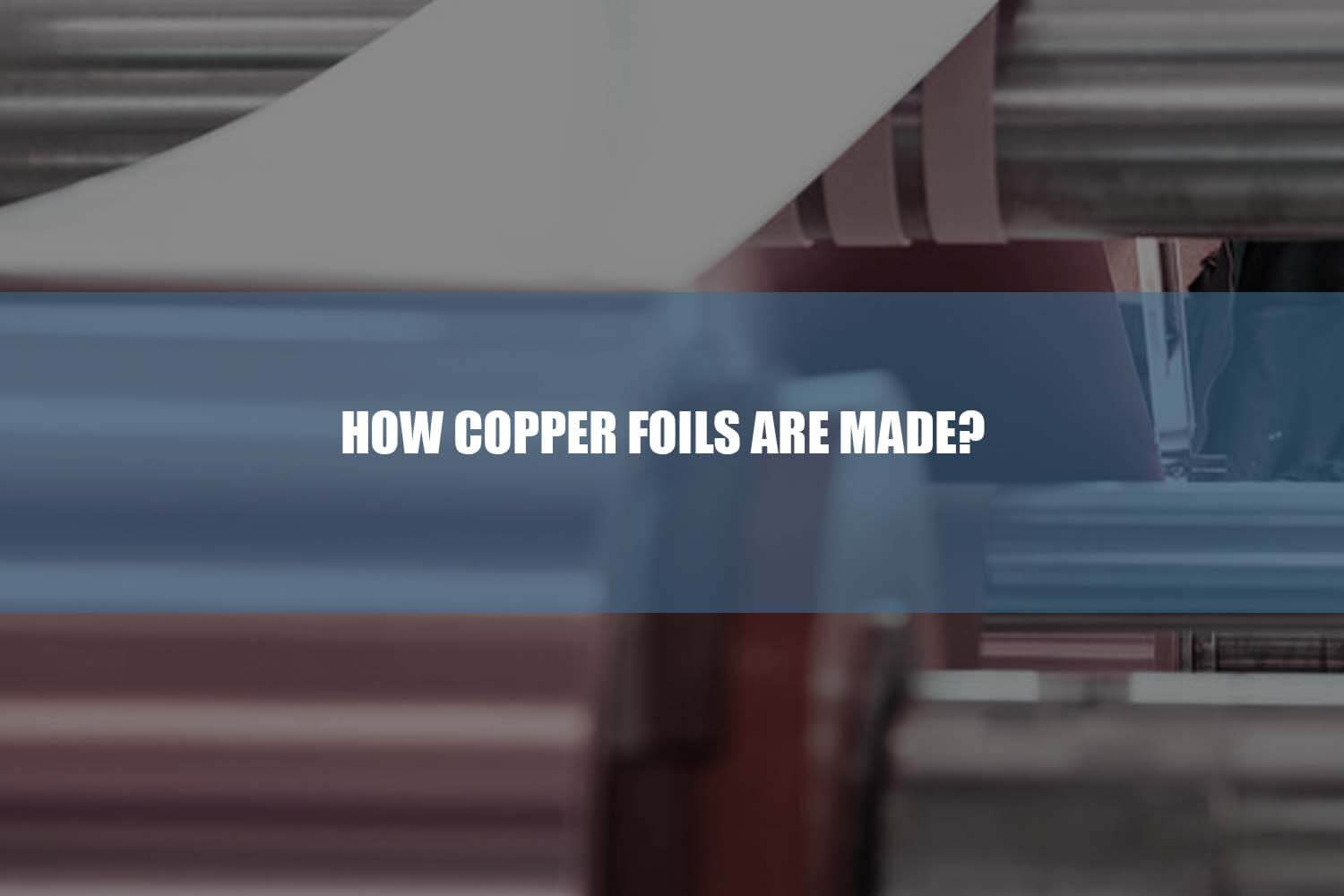Copper foils are known for their excellent heat and electric conductivity and outstanding corrosion resistance properties.
Copper foils are made by hot rolling and cold rolling processes in industries by using a foil mill.
Copper strip is a versatile material used in a variety of industrial products.
The demand for copper foils has increased in recent years for their excessive use in electronic appliances, including IT devices, digital cameras, circuit boards, electrical products, and mobile phones.
Due to recent rapid technological advancement, there is substantial demand for high-grade copper foil in various electronic industries.
Due to a global shift toward sustainable energy in current years, electric vehicles have gained attention. Since the lithium-ion battery, a vital part of electric vehicles, uses copper foil, its demand is rising quickly.
What is copper foil?
Copper is a reddish-brown metallic element with outstanding properties like good malleability, ductility, heat, and electric conductivity.
Pure copper is a very soft and malleable metal. To achieve desired properties, we can alloy with other metals. Brass and bronze are widely used copper alloys.
Copper foil is formed by copper or copper alloys through hot and cold rolling processes. Copper foil thickness ranges from 0.01mm to 0.2mm, and can attain width and length according to the customer’s requirements.
Applications of copper foils
Copper foils are used in various ways in the home and industry.
Soft, ductile metal with a long history of use, copper can be formed into a wide range of objects.
Copper foil is used extensively in professional stained glass projects, the electronics industry, and several automobile parts due to its exceptional conductivity and stained glass restoration.
Stained glass art is created by cutting colored or stained glass into beautiful shapes, then fusing the pieces. Because it is utilized to join the glass pieces together, copper foil is an essential element in this procedure.
Additionally, copper foil produces pins, gaskets, screens, radiators, tubes, bore meter sprints, transformers, and cable connectors. Copper foils are also used in heat exchangers, circuit boards, and structural engineering.
Copper foil transformers have high-temperature operating capability with improved electrical efficiency. We can improve electrical stress resistance and overall regulation with copper foil transformers.
How to manufacture copper foils in the industry?
There are two methods commonly used for manufacturing copper foils in industry. Electrodeposition and rolling.
1.Electro decomposition
For making a copper electrolyte for electrodeposition, high-grade copper must be dissolved in acid. This electrolyte solution is fed into revolving, partially submerged drums that have been charged electrically. A thin layer of copper is electrodeposited on these drums. Another name for this procedure is plating.
In a manufacturing process for electrodeposited copper, copper foil is deposited from a copper solution on a rotating titanium drum linked to a DC voltage source. The anode is immersed in the copper electrolyte solution, while the cathode is connected to the drum. The drum rotates very slowly, and copper is deposited on it when an electric field is produced. The copper surface is smooth on the drum side but rough on the other.
The copper becomes thicker when the drum speed slows. Copper is drawn in and builds up on the titanium drum’s cathode surface. Several treatment cycles are applied to the copper foil’s matte and drum sides to make the copper suitable for production.
2.Manufacturing the copper foils by rolling process
There are three types of rolling equipment hot rolling mills, cold rolling mills, and foils mills.
Process start from the hot rolling of a casted block of copper heated up to 750 C. Then, it is hot rolled repeatedly in reverse to reduce the thickness.
The scales from the heat treatment are removed by milling before the first cold rolling.
The thickness of the sheets is decreased to around 4 mm during the cold rolling process, and coils are created from the sheets. After this process, these coils are again cold rolled through foil mills to get the desired thickness of copper foils.
Benefits of copper foils
- Due to its ductility and malleability, copper may be worked with ease.
- In addition to its outstanding electrical qualities, its simplicity in drawing into wire makes it suitable for electrical operations.
- Copper can be machined; however, it is typically essential to employ an alloy to acquire powerful machinability qualities for delicate parts like threaded components.
- It works well in heat exchangers and heats sinks because of its excellent thermal conduction.
- Copper foils have good corrosion resistance and surface finish.
- It can be welded and has excellent brazing and soldering qualities, and gas metal arc welding produces the best results.
How to use copper foils for transformer coil winding?
Copper foils are used in transformers winding these days in place of the conventional coil wire. The manufacturer of transformer designs initially presented this unique construction method to the aircraft sector in the 1960s. These transformers’ efficiency exceeds 95% and regulation 2% to 5%.
The fundamental components for construction include:
- Fiberglass.
- Electrical grade copper foil.
- Temperature-appropriate interwinding insulation.
- Windproof sheet insulation.
Copper Foil transformers are manufactured in all standard mechanical configurations as isolation transformers or autotransformers, and they function within single-phase current or multiphase current limits of
- Power ranges from 25 VA to 50 KVA
- Frequency varies from 300Hz to 10 kHz
- Temperature ranges from -50 C to 250C
There are many advantages of copper foil wound transformers over wire wound transformers. Copper foils are thin and lightweight; therefore, these transformers are weight reduced. Copper foil transformers are more reliable and mall in size than wire transformers.
What we can do for your copper foils project?
We are professional in making copper foils as per your specifications.
Our team closely monitors every step, from raw material to finished product, to give you a good quality foil product.
Conclusion
This fact cannot be denied copper foils have outstanding properties like ductility, excellent heat and electric conductivity, and corrosion resistance.
Due to these characteristics, copper foils are mostly used in industries and as well as in commonplaces.
We will help you in all your copper foils and stainless steel foils needs.
Call us any time or email us for more benefits here.












